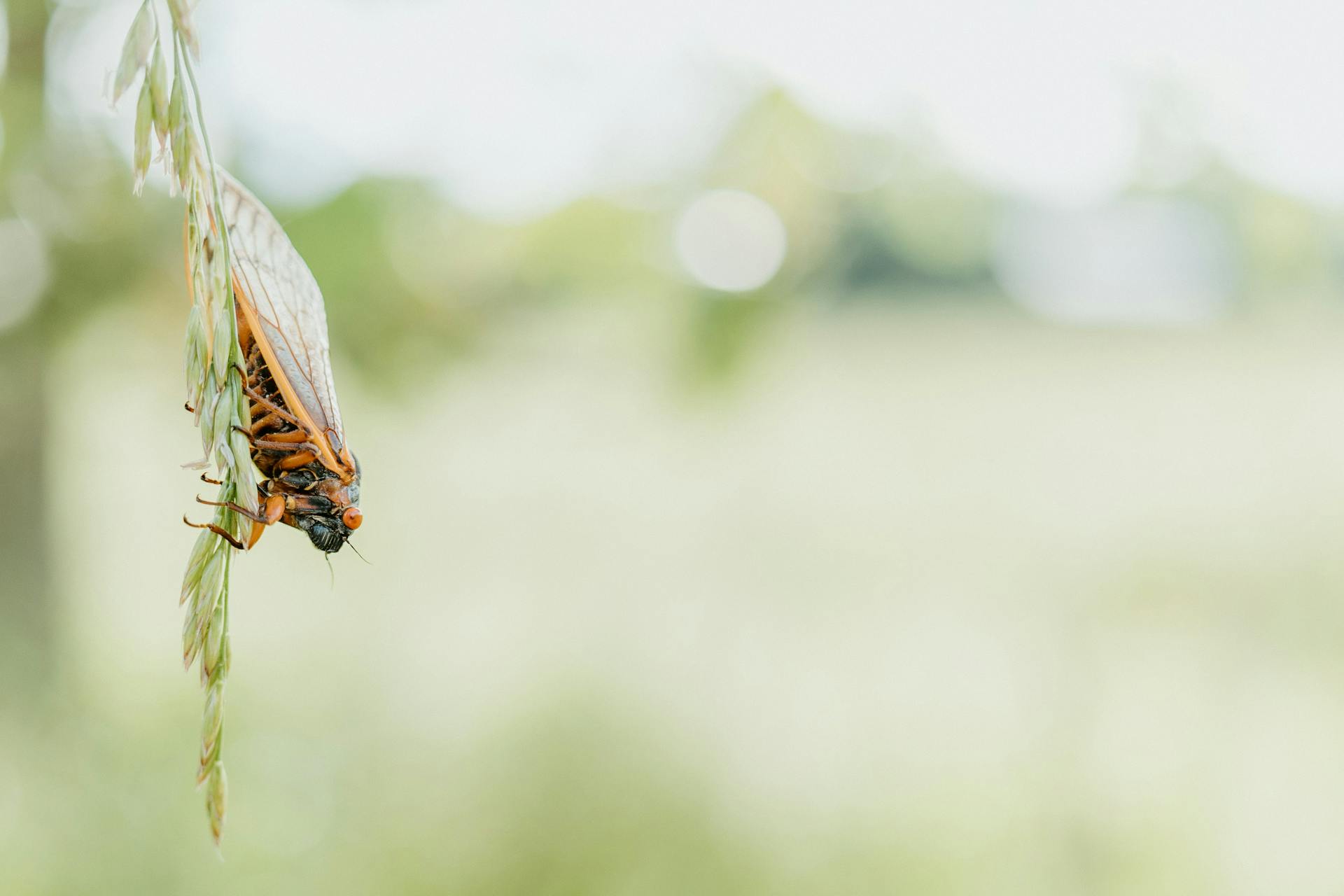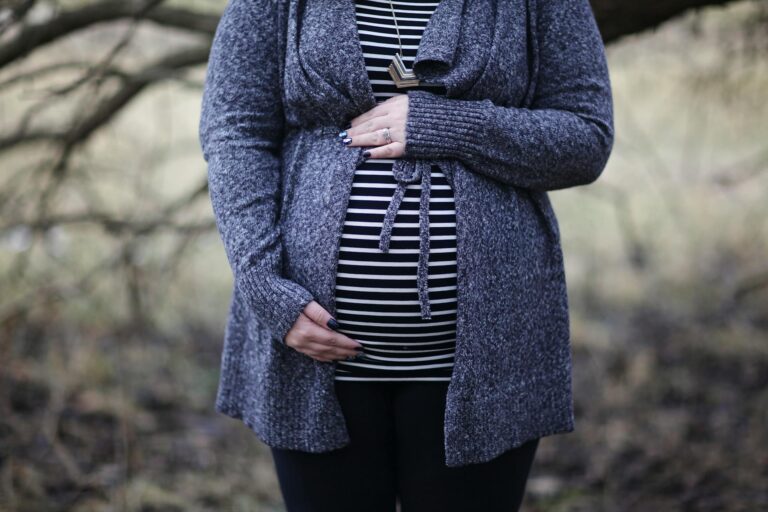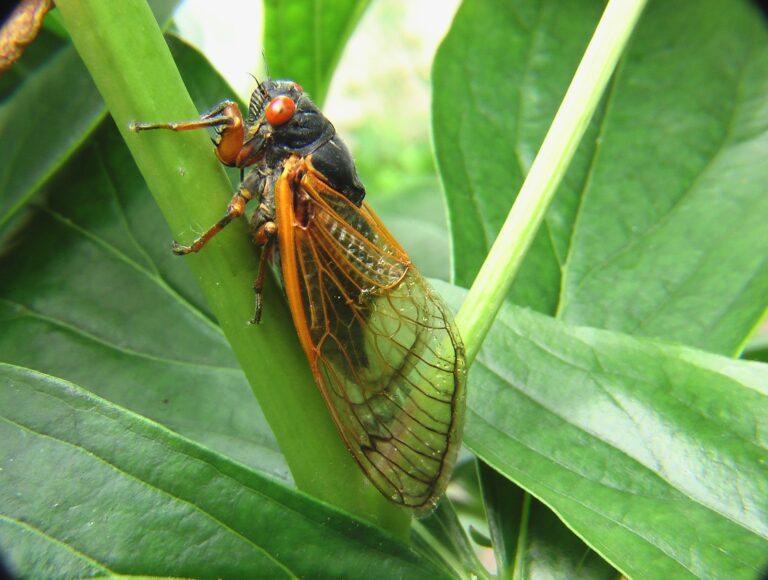This May, people in Illinois are preparing for an extraordinary natural event the simultaneous coming of Brood XIX and Brood XIII cicadas. This event, not seen since 1803, is expected to draw the attention of scientists, bug lovers, and everyday folks alike. At a recent event at Morton Arboretum, Horticulturist Rachelle Frosch demonstrated how to protect young and sensitive trees using fine mesh netting. She illustrated the community’s efforts to get ready for the upcoming cicada swarm.
Understanding Cicada Biology and Behavior
Periodical cicadas are remarkable because they live most of their long lives underground and come out only every 13 or 17 years to reproduce. This year, Illinois is getting ready for the arrival of billions of these insects. Their survival strategy is simple but effective, they appear in large numbers that overwhelm their predators.
Monitoring Conditions, Professor Sean Menke from Lake Forest College has been closely studying soil temperatures to determine when cicadas will appear. These insects usually come out when the soil 8 inches deep continuously maintains a temperature of 64 degrees Fahrenheit.
Preventive Measures to Protect Vegetation
The appearance of cicadas, especially during their mating season, can harm young trees. Female cicadas lay their eggs in small branches, leading to damage. To counter this, places like Morton Arboretum have taken steps to protect these trees.
- Protective Netting, to prevent damage, the Arboretum has placed fine mesh netting over hundreds of young and fragile trees.
- Recommendations for Gardeners, experts strongly recommend avoiding pesticides as they have minimal effect on cicadas and can damage other wildlife. Instead, using physical barriers like netting is suggested to protect young plants effectively.
Educational Opportunities and Ecological Impact
The arrival of cicadas is not just a nature show but also presents valuable chances for scientific study and education,
- Scientific Studies, Researchers such as Professor Menke plan to explore how the emergence of cicadas impacts local ecosystems. They are particularly interested in how the influx of cicadas changes the eating habits of animals like ants and affects the entire ecological network.
- Community Engagement, Efforts to educate the public are increasing, with activities such as exhibitions at institutions like the Bess Bower Dunn Museum of Lake County. These feature interactive exhibits and audio recordings of cicada calls, enhancing community knowledge and interaction with this phenomenon.
This year’s arrival of cicadas is especially significant, not just because it’s unusual but also because it highlights the repeated cycles of life and complex environmental networks. This event gives us a special chance for research and to look back in history, as it has been 200 years since these two major groups of cicadas last appeared together.
- Historical Context, the last joint emergence of these broods occurred during Thomas Jefferson’s presidency, marking a significant time frame for this natural phenomenon.
Although cicadas are generally safe, there are important things pet owners should consider and some widespread myths that need correcting,
- Pet Health, Vets point out that while eating cicadas is not poisonous for pets, they should not eat too many.
- Pet Safety, monitor your pets when cicadas are around, as they can upset your pet’s stomach if eaten.
- Educational Efforts, we must correct some common wrong beliefs about cicadas, like the idea that they damage crops or are harmful to humans. Educational campaigns help inform the community about the harmless and beneficial nature of these insects.
Conclusion, Embracing the Cicada Emergence
Illinois is getting ready for this rare cicada event. The community is invited to participate and learn from this occurrence. The emergence of cicadas provides a unique opportunity to observe a fascinating natural event and promotes understanding of our local ecosystems’ complexity and durability.











+ There are no comments
Add yours